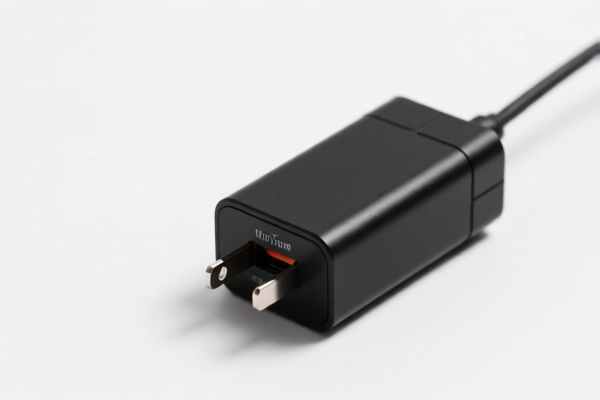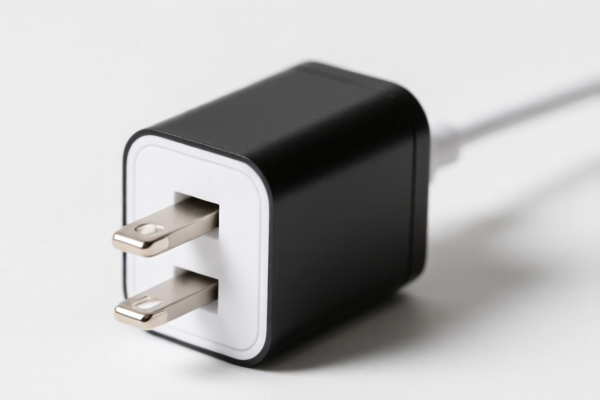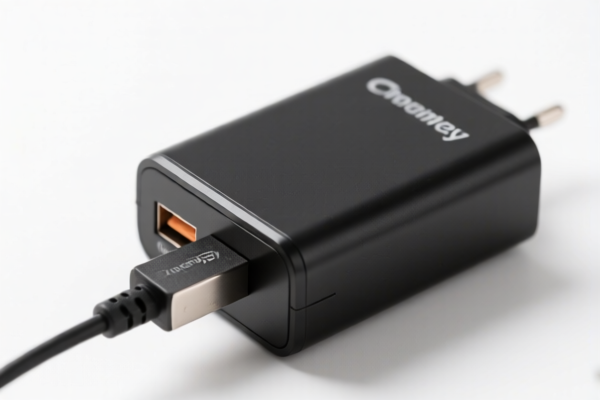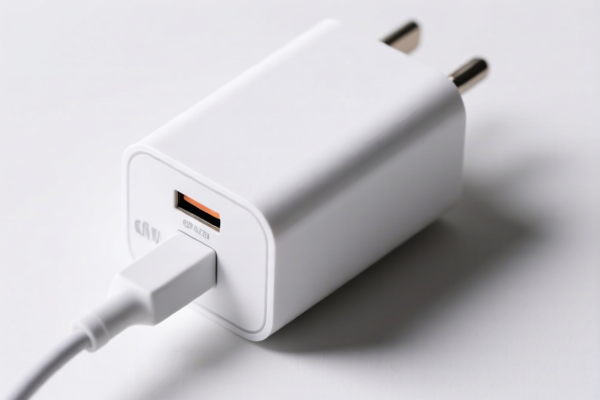| HS Code | Official Doc | Tariff Rate | Origin | Destination | Effective Date |
|---|---|---|---|---|---|
| 8411114000 | Doc | 55.0% | CN | US | 2025-05-12 |
| 8411118000 | Doc | 55.0% | CN | US | 2025-05-12 |
| 8479899560 | Doc | 32.5% | CN | US | 2025-05-12 |




Turbocharger
A turbocharger is a forced induction device used to increase the efficiency and power output of an internal combustion engine. It achieves this by compressing additional air into the engine cylinders.
Material
Turbochargers are constructed from materials capable of withstanding extremely high temperatures and rotational speeds. Common materials include:
- Turbine Wheel & Shaft: Typically made from nickel-based superalloys (e.g., Inconel) due to their high-temperature strength and resistance to oxidation and creep.
- Compressor Wheel: Often aluminum alloys or titanium alloys for lightweight and high strength.
- Housing: Cast iron, stainless steel, or other high-temperature alloys.
- Bearings: Steel or ceramic bearings are used to reduce friction and support the rotating shaft.
- Wastegate: Stainless steel or similar alloys.
Purpose
The primary purpose of a turbocharger is to:
- Increase Power Output: By forcing more air into the cylinders, more fuel can be burned, resulting in a greater power output for a given engine size.
- Improve Fuel Efficiency: Although counterintuitive, turbocharging can improve fuel efficiency. By allowing a smaller engine to produce the power of a larger engine, fuel consumption can be reduced when less power is needed.
- Reduce Emissions: More complete combustion due to increased air supply can result in reduced emissions.
- Altitude Compensation: Turbochargers help maintain engine power at higher altitudes where air density is lower.
Function
The turbocharger operates based on the following principles:
- Exhaust Gas Driven: Exhaust gases from the engine are directed into the turbine housing.
- Turbine Rotation: The exhaust gases spin the turbine wheel.
- Compressor Rotation: The turbine wheel is connected to a compressor wheel via a shared shaft. As the turbine spins, the compressor wheel also spins.
- Air Compression: The compressor wheel draws in ambient air and compresses it.
- Intercooling (Often): The compressed air is often passed through an intercooler to reduce its temperature, increasing its density.
- Intake Manifold: The compressed, cooler air is then fed into the engine's intake manifold.
Usage Scenarios
Turbochargers are commonly used in:
- Passenger Vehicles: Increasingly common in gasoline and diesel engines for improved performance and fuel economy.
- Commercial Vehicles: Trucks, buses, and other heavy-duty vehicles benefit from the increased power and torque.
- Performance Vehicles: Used extensively in sports cars and racing applications.
- Aircraft Engines: Used to maintain power at high altitudes.
- Marine Engines: Used in boats and ships.
Common Types
- Single Turbocharger: The most common configuration, using a single turbocharger to boost the engine.
- Twin-Turbocharger: Uses two turbochargers. Configurations include:
- Parallel Twin-Turbo: Each turbocharger serves a bank of cylinders.
- Sequential Twin-Turbo: One smaller turbocharger provides boost at low engine speeds, and a larger turbocharger takes over at higher speeds.
- Variable Geometry Turbocharger (VGT): Uses adjustable vanes to control exhaust gas flow and optimize boost at different engine speeds.
- Electric Turbocharger (E-Turbo): Uses an electric motor to assist the turbocharger, reducing turbo lag and improving response.
- Wastegate Turbocharger: Uses a wastegate valve to regulate boost pressure, preventing overboosting.
- Ball Bearing Turbocharger: Uses ball bearings to reduce friction and improve spool-up time.
Based on the provided information, the following HS codes are relevant to “turbo charger”:
-
8411114000: Turbojets, turbopropellers and other gas turbines, and parts thereof: Turbojets: Of a thrust not exceeding 25 kN: Aircraft turbines. This HS code covers turbojets with a thrust not exceeding 25 kN specifically for aircraft applications. The first two digits (84) indicate Chapter 84, which pertains to Nuclear reactors, boilers, machinery and mechanical appliances; parts thereof. The next two digits (11) represent Heading 11, focusing on Turbojets, turbopropellers and other gas turbines. The final six digits (114000) specify turbojets for aircraft with a thrust limit.
- Tax Details: Base tariff is 0.0%, additional tariff is 25.0%, and post-April 2, 2025, the additional tariff increases to 30.0%. Total tariff is 55.0%.
-
8411118000: Turbojets, turbopropellers and other gas turbines, and parts thereof: Turbojets: Of a thrust not exceeding 25 kN: Other. This HS code also covers turbojets with a thrust not exceeding 25 kN, but for applications other than aircraft. The structure is the same as above, with the final six digits (118000) denoting “other” turbojets.
- Tax Details: Base tariff is 0.0%, additional tariff is 25.0%, and post-April 2, 2025, the additional tariff increases to 30.0%. Total tariff is 55.0%.
According to the provided reference material, the HS code options related to 'turbo charger' are limited, with only the following 2 found.
It is important to note that both HS codes 8411114000 and 8411118000 have a base tariff of 0.0% but are subject to an additional tariff of 25.0% currently, increasing to 30.0% after April 2, 2025. The correct HS code selection depends on whether the turbocharger is for aircraft use and its thrust specification.
Customer Reviews
No reviews yet.